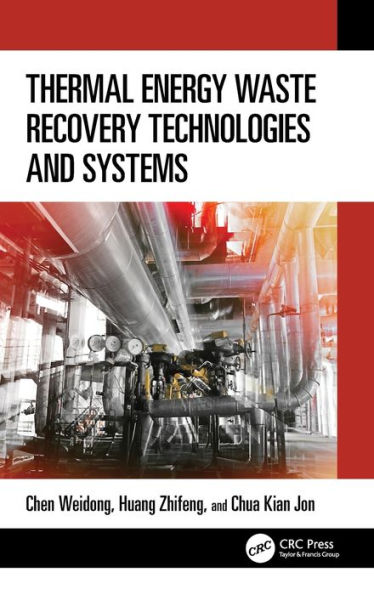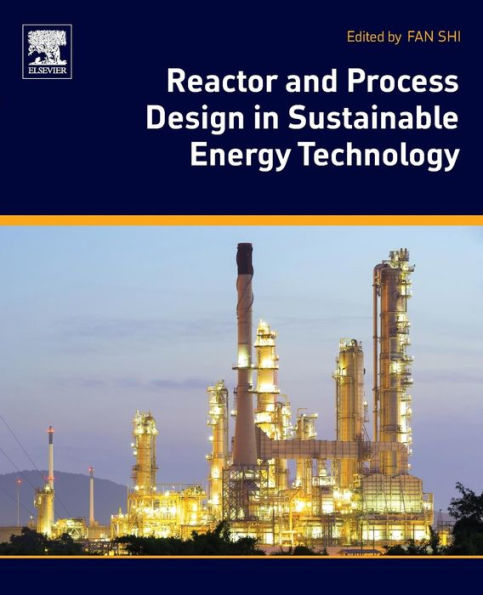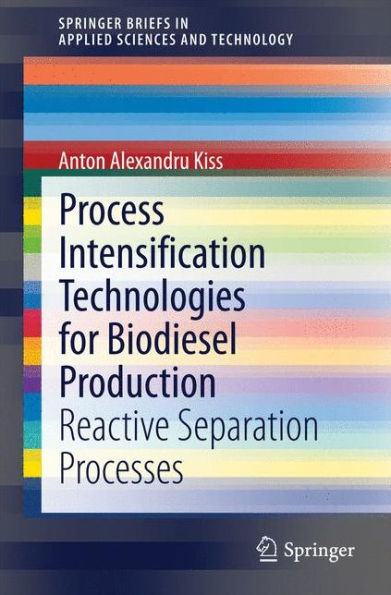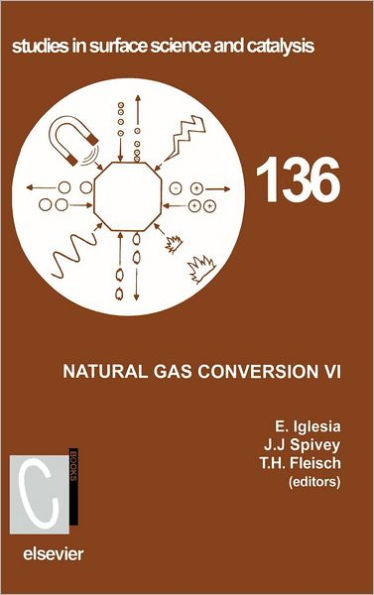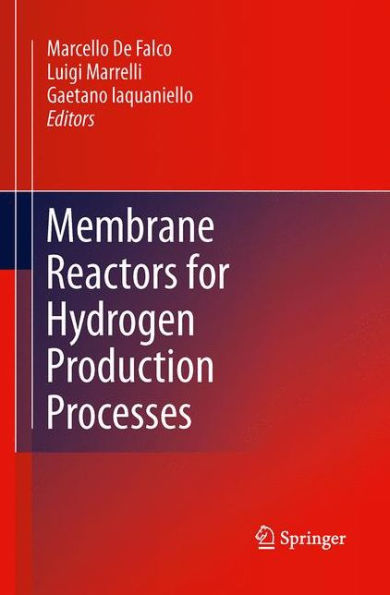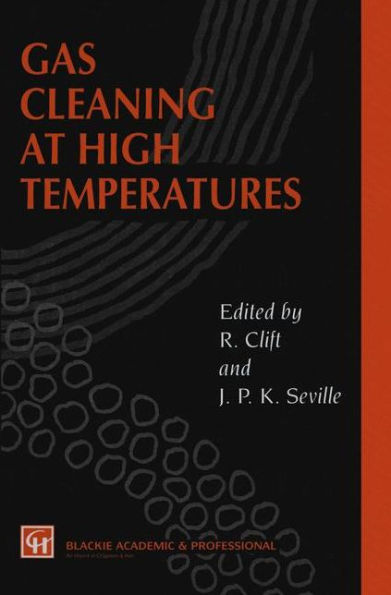Home
Efficient reheating concepts for a reverse-flow methane reformer
Barnes and Noble
Efficient reheating concepts for a reverse-flow methane reformer
Current price: $64.00
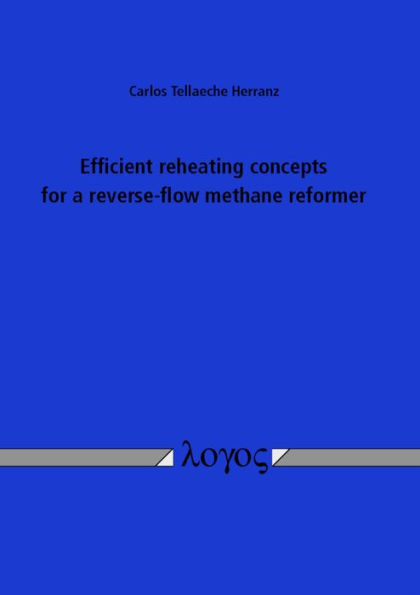

Barnes and Noble
Efficient reheating concepts for a reverse-flow methane reformer
Current price: $64.00
Size: OS
Loading Inventory...
*Product information may vary - to confirm product availability, pricing, shipping and return information please contact Barnes and Noble
Methane steam reforming is a well-established technology for the hydrogen production at industrial scale. For decentralized applications, the use of this energy intensive technology requires the development of novel, heat integrated reactor concepts. The adiabatic reverse-flow reformer is such a concept that enables to energetically couple the highly endothermic methane steam reforming with an exothermic combustion reaction using an asymmetric switching pattern, in which the operating conditions to run the production (reforming) and regeneration (combustion) steps alternate with every flow reversal. One of the main challenges for the technical realization of this concept is the efficient reheating of the packed bed at a high temperature level, avoiding excess temperatures that might damage the catalyst and the reactor itself. The present work tackles this aspect and describes the development of a combustion chamber to be embedded in the packed bed. The chamber is designed in order to enable its operation under the so called flameless oxidation conditions, in which flame formation during combustion is suppressed and hence, the highest temperatures attained limited. The successful realization of this concept and its potential to efficiently reheat the reverse-flow reformer under dynamic operation is experimentally demonstrated and reported. The experimental observations provide an insight into the potential, the limitations and the attainable performance of the system. These observations are supported by a series of detailed simulations. Besides enabling the analysis of alternative reactor configurations and switching patterns, the simulation results corroborate that the reverse flow-reformer studied experimentally is especially suited for the production of hydrogen in decentralized facilities.
